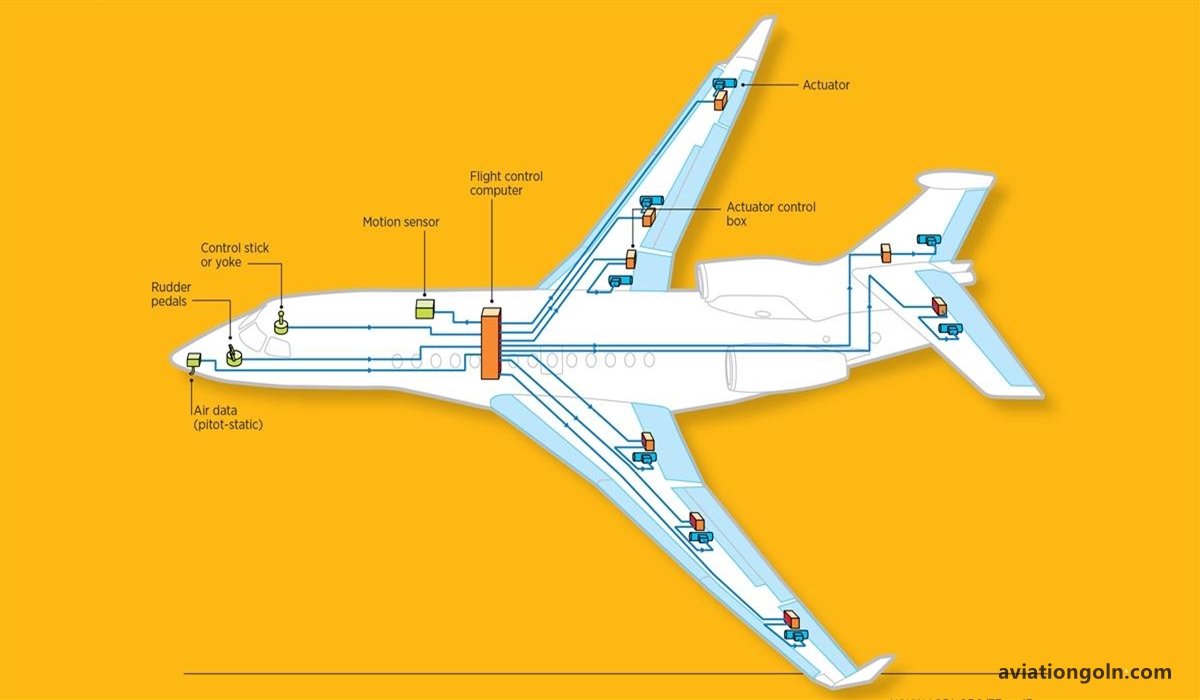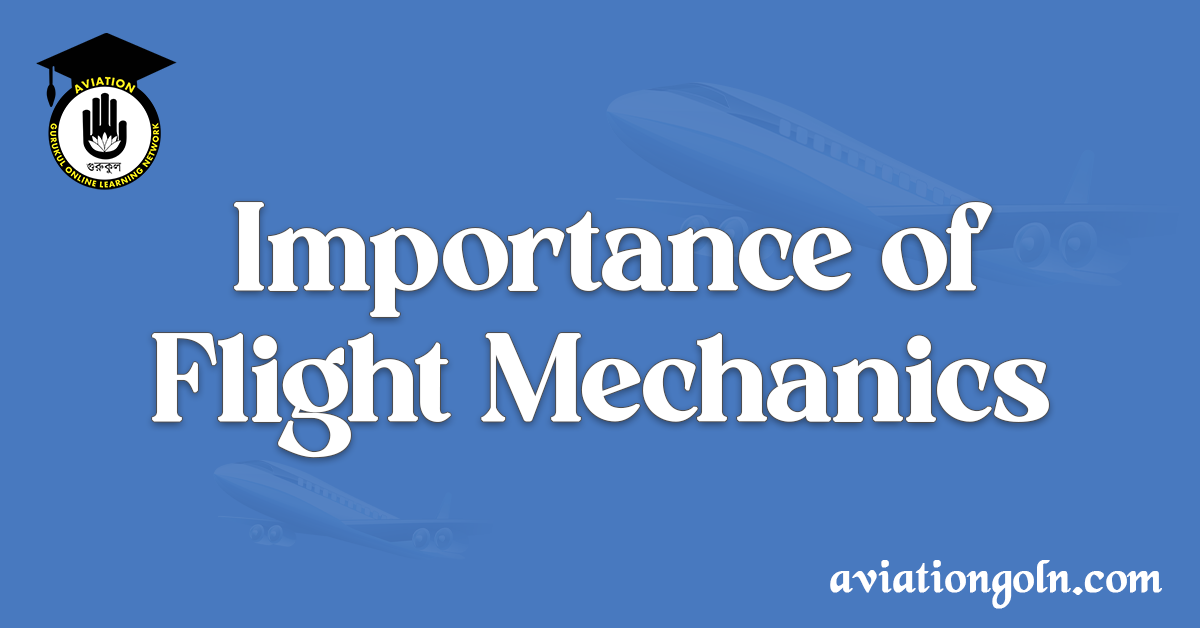When the Wright brothers first took to the skies in 1903, they embarked upon a journey that was the culmination of not just their hard work, but the accumulation of centuries of dreamers aspiring to soar among the birds. The Wright brothers’ success lay not only in their innovative designs but also in their understanding of the principles that would later be referred to as flight mechanics. Today, the field of flight mechanics stands as a cornerstone of aeronautical and aerospace engineering, playing a critical role in the design, development, testing, and operation of aircraft and spacecraft.
Importance of Flight Mechanics

1. What is Flight Mechanics?
Flight mechanics is a branch of aerospace engineering that deals with the study of the forces and moments acting on a flying vehicle, and the resulting vehicle motion in response. It encompasses a wide range of topics including aerodynamics, aircraft stability and control, and the performance of aircraft.
2. Historical Overview
Before diving deep into the intricacies and importance of flight mechanics, it’s vital to appreciate its historical context. The understanding and application of flight mechanics have evolved over time, from the simple observations of bird flight by early inventors to the complex computer simulations used by modern aerospace engineers.
Early aviation pioneers intuitively grasped the basic principles of flight, relying heavily on trial and error. As aviation progressed, the need for a more systematic and scientific approach to flight became evident. This led to the development of foundational principles of flight mechanics, which, over the decades, were refined and expanded upon, paving the way for the incredible advancements we see in aviation and space exploration today.

3. Core Elements of Flight Mechanics
- Aerodynamics: This involves the study of how air interacts with the surface of an aircraft. From the lift produced by wings to the drag incurred by the aircraft’s body, understanding aerodynamics is key to designing efficient and effective flying machines.
- Aircraft Performance: This deals with how well an aircraft performs its intended tasks. It includes studying factors like range, endurance, climb rate, takeoff and landing distances, and fuel efficiency.
- Stability and Control: This component assesses how an aircraft reacts to perturbations and how it can be controlled. An unstable aircraft can be challenging, if not impossible, to control, while an overly stable aircraft might not be agile enough for certain tasks.

4. The Pivotal Role of Flight Mechanics in Aircraft Design
One cannot overemphasize the importance of flight mechanics in the realm of aircraft design:
- Safety: The foremost concern in aviation is safety. Understanding the flight mechanics ensures that aircraft are designed with inherent stability, making them less likely to enter uncontrollable situations.
- Efficiency: As fuel costs rise and environmental concerns grow, designing fuel-efficient aircraft has never been more critical. A deep understanding of flight mechanics allows engineers to optimize aircraft designs for maximum efficiency.
- Innovation: The continuous advancement in the field of flight mechanics allows for the development of groundbreaking aircraft designs, such as VTOL (Vertical Take-Off and Landing) aircraft, drones, and hypersonic vehicles.

5. Flight Mechanics in Space Exploration
While often associated with traditional aircraft, flight mechanics is equally crucial in space exploration. Spacecraft, when in atmospheres, experience aerodynamic forces, and even in the vacuum of space, understanding vehicle dynamics is vital for successful missions. The principles of flight mechanics were pivotal during the Space Race in ensuring successful launches, lunar landings, and re-entries.

6. Modern Challenges and the Role of Flight Mechanics
As we move into an era of urban air mobility, drone deliveries, and ambitions of Mars colonization, the challenges facing aerospace engineers are unprecedented. Flight mechanics plays a central role in addressing these challenges:

- Urban Air Mobility: The dream of flying taxis is inching closer to reality. But navigating the urban landscape, with its skyscrapers and unpredictable wind patterns, requires a robust understanding of flight mechanics.
- Drone Revolution: Drones, both big and small, are set to revolutionize industries from agriculture to logistics. Designing stable, efficient, and controllable drones leans heavily on principles of flight mechanics.
- Interplanetary Exploration: As humanity sets its sights on planets like Mars, flight mechanics will be essential in designing spacecraft capable of entering and exiting planetary atmospheres, landing on alien terrains, and possibly even returning to Earth.

7. Flight Mechanics in Pilot Training
Flight mechanics isn’t just crucial for engineers and designers. Pilots, too, must have a foundational understanding of the principles that govern the aircraft they fly. Whether it’s understanding how a particular aircraft will handle at high altitudes, predicting its behavior in a stall, or knowing its limits in extreme maneuvers, a grasp of flight mechanics is key to effective and safe piloting.

8. The Future of Flight Mechanics
As computational power increases, flight mechanics is entering a new era. Simulations that once took days can now be completed in hours or even minutes. This computational revolution allows for the exploration of innovative designs and concepts at a pace never before possible.
Furthermore, the integration of artificial intelligence and machine learning into the realm of flight mechanics holds promise for the development of even smarter, more efficient, and safer aircraft and spacecraft in the future.

Flight mechanics, with its deep roots in the history of aviation and space exploration, remains as vital today as it was during the days of the Wright brothers. It is the bedrock upon which the marvels of modern aerospace engineering are built, and its principles will continue to guide the innovations of tomorrow.
Whether we’re aiming to reduce our environmental footprint with greener aircraft, dreaming of taxiing through the skies in urban centers, or setting our sights on distant planets, the importance of flight mechanics cannot be overstated. It will continue to be the compass guiding us through the challenges and wonders of the boundless sky and beyond.
See more:
